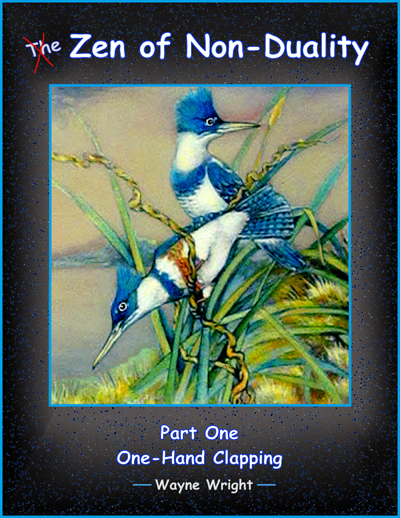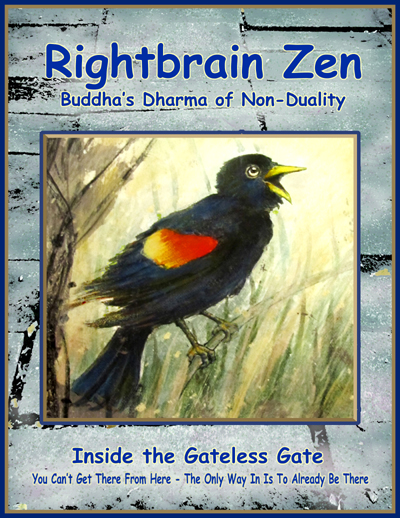
Buddha's first introduction of Zen was at a lecture series he gave in Sri Lanka, at the request of Ravena, the ten-headed King of Demons. In attendance, learning about Non-Duality were Ravana himself, Buddha's cousin Ananda, and a multitude of bodhisattvas.
The Lankavatara Sutra is Ananda's transcript of that lecture series, and it's the foundational text of Zen. In the Lanka one of Buddha's main objectives is defining and explaining his Non-Duality (Skt. Prajna).
This book reviews Buddha's non-duality, by looking at quotes from Buddha himself in the Lanka and from the Tang Dynasty Zen patriarchs a thousand years after Buddha's time. Click to see more.

Non-Duality can be very difficult to grasp, given that it's impossible to describe. This book might be called "getting in through the back door". It reviews many of the great Tang Dynasty masters and others explaining why the dharma cannot be taught or learned from another person; how value judgments must be abandoned; how the dharma must not be sought, and how seeking it actually moves you farther away from it.
For more than one reason several great Tang masters compare Buddha and the dharma to excrement and outhouses; and they quote Buddha explaining why the dharma is only available upon one's abandonment of Buddha's own words and teachings. Click to see more.

This book conflates the rightbrain research of contemporary scientists including Sperry, Gazzaniga, and Ornstein with Zen's 2500 years of promoting mental non-duality. Going through dozens of the traditional Zen koans, stories, and recorded sayings of Buddha and many of his First Millennium Zen masters, it becomes clear that rightbrain's perspectives, abilities, and unique holistic thinking processes have much in common with what Buddha and the Zen masters are recommending. Click to see more.